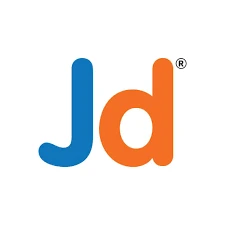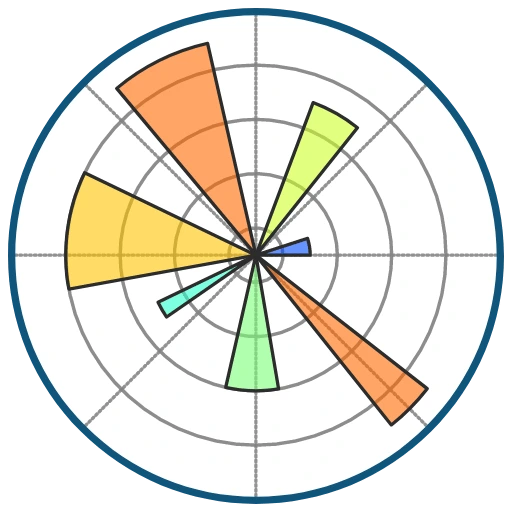- High Demand for Data Scientists:
- The demand for data scientists in India is growing rapidly as more companies recognize the value of data-driven decision-making.
- Industries such as finance, healthcare, e-commerce, and technology are heavily investing in data science capabilities, leading to a surge in job opportunities.
- Python as a Preferred Language:
- Python is widly used in data science due to its simplicity, readability, and extensive library support.
- Libraries like Pandas, NumPy, Scikit-learn, TensorFlow, and PyTorch make Python an ideal choice for data analysis, machine learning, and deep learning tasks.
- Attractive Salary Packages:
- Data scientists in India enjoy competitive salaries that are significantly higher than many other professions.
- As per industry reports, experienced data scientists can earn lucrative packages, making it a financially rewarding career.
- Diverse Career Opportunities:
- A career in data science offers a wide range of roles including Data Analyst, Machine Learning Engineer, Data Engineer, Business Analyst, and Research Scientist.
- The versatility of the field allows professionals to work in various domains and industries.
- Contribution to Business Success:
- Data scientists play a crucial role in helping businesses make informed decisions by analyzing trends, predicting outcomes, and providing actionable insights.
- Their work directly impacts business strategies, efficiency, and profitability.
- Growing Ecosystem:
- India has a rapidly growing ecosystem of startups and established companies that are investing heavily in data science and AI.
- This creates a vibrant job market with ample opportunities for growth and innovation.
- Continuous Learning and Development:
- The field of data science is dynamic, offering continuous learning opportunities through new tools, techniques, and research.
- Professionals can keep their skills updated and stay relevant in the industry.
- Supportive Community and Resources:
- There is a strong community of data scientists and Python developers in India who actively share knowledge and support each other through forums, conferences, and meetups.
- Numerous online resources, courses, and certifications are available to help aspiring data scientists build and enhance their skills.
- Government and Industry Initiatives:
- The Indian government and various industry bodies are promoting data science and AI through initiatives, policies, and funding.
- This support boosts the growth of the field and creates more opportunities for professionals.
- Global Opportunities:
- Proficiency in data science and Python opens up global career opportunities, allowing professionals to work with international companies or even relocate abroad for better prospects.
In summary, a career in data science using Python in India is a promising option due to the high demand, attractive salaries, diverse opportunities, and the ability to make significant contributions to business success. The continuous evolution of the field and the supportive ecosystem further enhance its appeal.









 4.8 (21,636) reviews
4.8 (21,636) reviews
 Pandas
Pandas
 PyTorch
PyTorch
 NumPy
NumPy
 Matplotlib
Matplotlib
 Scikit-learn
Scikit-learn
 Keras
Keras
 GitHub
GitHub
 Scipy
Scipy
 Docker
Docker
 MySQL
MySQL
 AWS
AWS
 Plotly
Plotly


 Read more
Read more 
